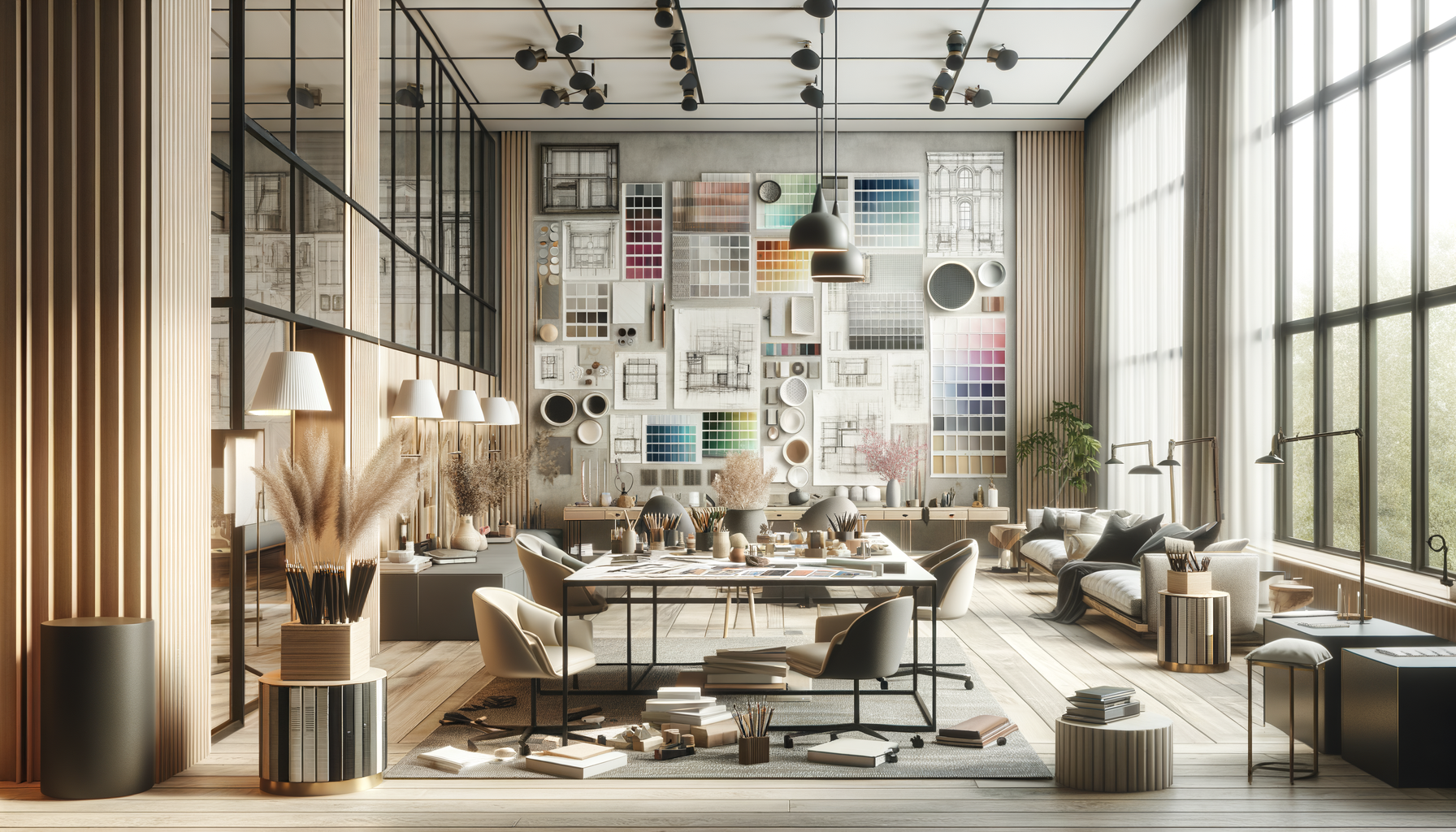Crafting a compelling resume is essential for any jobseeker aiming to break into or advance within the competitive field of interior design. A well-structured resume not only highlights your creative talents but also showcases your professional experience and skills in a way that captures the attention of hiring managers. This guide will help you understand the key components that make an interior designer’s resume effective and provide you with a practical template to tailor your own application for success.
Key Elements to Include in a Interior Designer Resume
When preparing your resume as an interior designer, it’s important to present your information clearly and professionally. Your resume should reflect your creativity while maintaining a format that is easy to scan and understand. The following five elements are crucial to include, as they collectively demonstrate your qualifications, experience, and suitability for the role.
Contact Information
Start your resume with your full name, phone number, professional email address, LinkedIn profile, and location (city and state). This section ensures recruiters can easily reach you and verify your professional presence online.
Professional Summary That Stands Out
Craft a concise summary that highlights your design philosophy, years of experience, and key achievements. This section should immediately communicate your value proposition and set the tone for the rest of your resume.
Work History Highlights
Detail your relevant job roles in reverse chronological order, emphasizing your responsibilities, projects, and accomplishments. Use action verbs and quantify results where possible to demonstrate your impact in previous positions.
Education Background
List your academic qualifications, including degrees, certifications, and relevant coursework. Mention the institutions attended and graduation dates to establish your foundational knowledge in interior design.
Key Skills to Showcase
Include a targeted list of skills that align with the job description, such as proficiency in design software, project management, space planning, and client communication. This section helps applicant tracking systems (ATS) and recruiters quickly identify your core competencies.
Interior Designer Resume Template Example
Contact Information
Name: [Your Full Name]
Phone: [Your Phone Number]
Email: [Your Professional Email]
LinkedIn: [Your LinkedIn Profile URL]
Location: [City, State]
Professional Summary
Creative and detail-oriented Interior Designer with over 5 years of experience in residential and commercial projects. Skilled in space planning, color theory, and sustainable design practices. Proven ability to collaborate with clients and contractors to deliver innovative and functional interiors that exceed expectations.
Work History
Interior Designer – XYZ Design Studio, New York, NY
January 2020 – Present
- Led design projects for over 30 residential and commercial clients, managing budgets up to $500K.
- Developed 3D renderings and detailed floor plans using AutoCAD and SketchUp, improving client approval rates by 25%.
- Collaborated with contractors and vendors to ensure timely project completion and quality standards.
Junior Interior Designer – Creative Spaces Inc., Brooklyn, NY
June 2017 – December 2019
- Assisted senior designers in creating mood boards and material selections for diverse projects.
- Conducted site visits and client meetings to gather requirements and provide design recommendations.
- Maintained project documentation and coordinated with suppliers to streamline procurement.
Education
Bachelor of Fine Arts in Interior Design – State University, City, State
Graduated: May 2017
Key Skills
- AutoCAD, SketchUp, Adobe Creative Suite
- Space Planning and Layout Design
- Project Management and Budgeting
- Client Communication and Presentation
- Sustainable and Eco-friendly Design Practices
Certifications
- NCIDQ Certification (National Council for Interior Design Qualification)
- LEED Green Associate
Tips for Writing Interior Designer Resume
- Use a clean, professional layout that balances creativity with readability to appeal to design-focused employers.
- Tailor your resume for each job application by emphasizing skills and experiences that match the specific role.
- Incorporate keywords from the job description to improve your resume’s chances of passing through applicant tracking systems.
- Quantify your achievements with numbers and specific examples to demonstrate your impact clearly.
- Include a portfolio link or attach samples of your work to provide tangible evidence of your design capabilities.
Frequently Asked Questions
- What is the best format for an interior designer resume?
A clean, well-organized format that highlights your contact information, professional summary, work experience, education, skills, and certifications is ideal. Use bullet points and clear headings to enhance readability. - Should I include a portfolio with my resume?
Yes, including a portfolio link or attaching samples of your work is highly recommended as it showcases your design style and technical skills to potential employers. - How can I make my resume stand out as an interior designer?
Focus on quantifiable achievements, tailor your resume to the job description, and use a professional yet creative layout. Highlight unique skills such as sustainable design or advanced software proficiency. - What skills are most important to list on an interior designer resume?
Key skills include proficiency in design software (AutoCAD, SketchUp), space planning, project management, client communication, and knowledge of sustainable design practices. - Is it necessary to list certifications on my resume?
Yes, certifications like NCIDQ or LEED Green Associate add credibility and demonstrate your commitment to professional development in interior design.
Conclusion
Creating a standout interior designer resume involves combining your creative talents with a clear, professional presentation of your experience and skills. By following the step-by-step guide and using the provided template, you can craft a resume that effectively communicates your qualifications and helps you secure your desired role in the interior design industry. Start by organizing your information, tailoring your content to the job, and showcasing your unique strengths to make a lasting impression on hiring managers.






